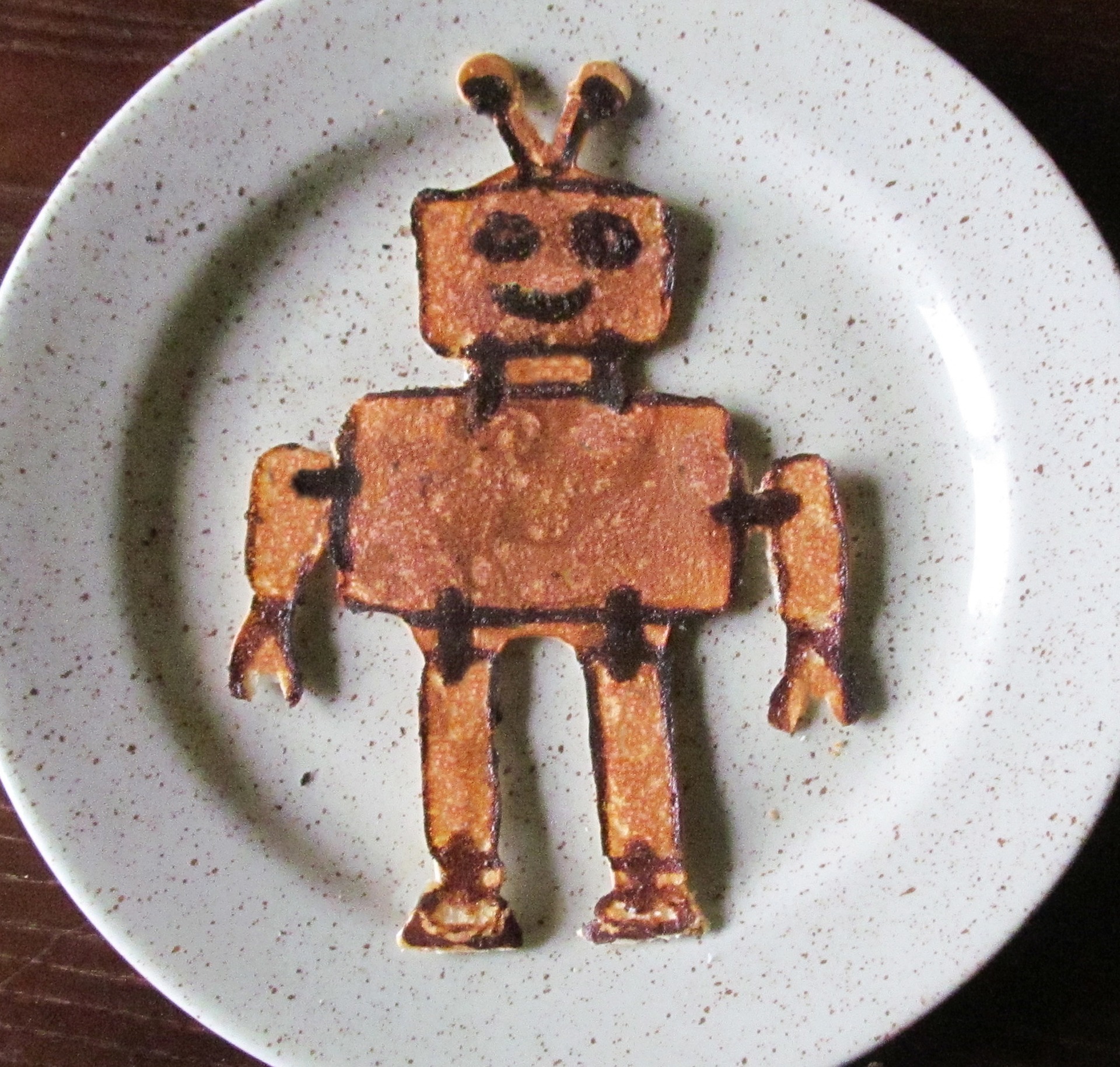Does technology tie into our need for tasty food?
The food, drink and hospitality industries are in the process of being transformed by emerging technologies. What's gimmick and what technologies are on the horizon that will help meet customer expectations and benefit restaurateurs?
Advancements in Doorstep Deliveries
The desire for food that arrives hot, fresh and in customers’ hands in less than an hour certainly isn’t new. But, we live in a culture where people want to know as much as possible about the delivery process and desire new ways to place their orders.
According to coverage of a recent report published by a firm in Edinburgh, Scotland, people can expect to see more GPS tracking technologies that let them follow their food with real-time movement information displayed on a smartphone screen. Currently, people usually get estimated delivery times and instructions to contact the restaurant if the cuisine doesn’t arrive as promptly as expected.
However, someday, people might be able to directly contact their delivery drivers while tracking GPS progress, similarly to how users do when availing of on-demand taxi services. The ability to order items via voice commands spoken to smart speakers could become commonplace, too. Customers associated with Grubhub can depend on Alexa to place one of their last three orders again.
Automated Restaurants
The foodservice sector features many pieces of equipment — from professional coffee makers to stand mixers — with automated components that reduce the labor demands on human workforces. However, some brands seek to be pioneers by opening restaurants that are so thoroughly automated that they don’t require any human employees.
One such establishment in the works is Hey Zeus, a healthy wraps and salads brand from Australia that’ll soon open an automated location in Spokane, Washington. Customers use kiosks to confirm the foods they want to order. Then, a few minutes later, those things arrive on a conveyor belt.

Some restaurants prefer only to automate some parts of the restaurant experience. In Shanghai, China, Hema, a seafood restaurant, uses robots to facilitate a process whereby people choose live seafood they want to eat before it gets sent away to the kitchen for cooking. Once it’s done, a pod transfers the food to the customer’s table.
But, the establishment still employs people to greet customers, explain how to order things and prepare the food.
Some automated restaurants haven’t done as well as expected, though. Eatsa, a company that launched in San Francisco and served up quinoa, closed several of its locations after they weren’t profitable enough.
Inventive Ways to Promote New Items
People are accustomed to seeing cardboard displays, menu board additions, tray liners and other promotional items meant to let hungry people know about the latest offerings. But, technology has substantially increased the options available to restaurant brands.
For example, TV screens built into mirrors made from smart glass combine advertising with luxury. They ensure people get the scoop about the latest foods and drinks as they stand in restaurant bathrooms while washing their hands and checking their appearances.
Moreover, it’s now common for restaurant brands to have apps that let people pre-order items, learn nutrition facts or browse menus. Companies can efficiently use push notifications to tell app users about new dishes, discounts and other need-to-know insights.
In early July 2018, Kelseys Original Roadhouse, a Canadian chain added a limited-time-only SPAM burger that featured two slices of the iconic canned meat together with a ground beef patty, plus pineapple rings glazed with sesame seeds.
The brand has an app that includes a location-based feature that helps people find the closest restaurants to them. Although it’s not clear if it took the step of promoting the SPAM hamburger via that channel, the app’s description indicates it describes current menu items.
High-Tech Beverage-Related Advancements
Many restaurants offer bottled water to cater to people who want to stay hydrated as they eat but aren’t interested in guzzling down sodas or other calorie-filled liquids. A company in North Carolina called Clear Water Manufacturing engineered an alternative — a machine that filters water, dispenses it into recyclable glass or aluminum containers and puts the caps on them.
The innovation, known as the Boomerang Water Machine, could allow foodservice establishments to highlight a commitment to environmental sustainability. That’s mainly because it encourages people to come back to the location and return their water bottles to be sterilized and used again, thereby potentially eliminating single-use plastics.
In another example of beverage industry progress, Crown Bevcan Europe & Middle East teamed up with Olly Bolton, an entrepreneur who created Almond — a blockchain system that enables people to scan beverage cans and learn more about what’s inside. More specifically, the product is FACT, a type of sparkling beverage.
By scanning a unique code, which is the first of its kind on a beverage container, customers can get information about the supply chain details for the drink, plus earn loyalty points and get other perks based on their preferences and past purchases.
The blockchain cans became available in the United Kingdom and some European countries in June 2018. If the trend gains momentum, it’s likely people will see the cans and others like them appearing in other places, too.
Emerging Technologies Taking Over the Food and Drink Industry posted first on happyhourspecialsyum.blogspot.com

No comments:
Post a Comment